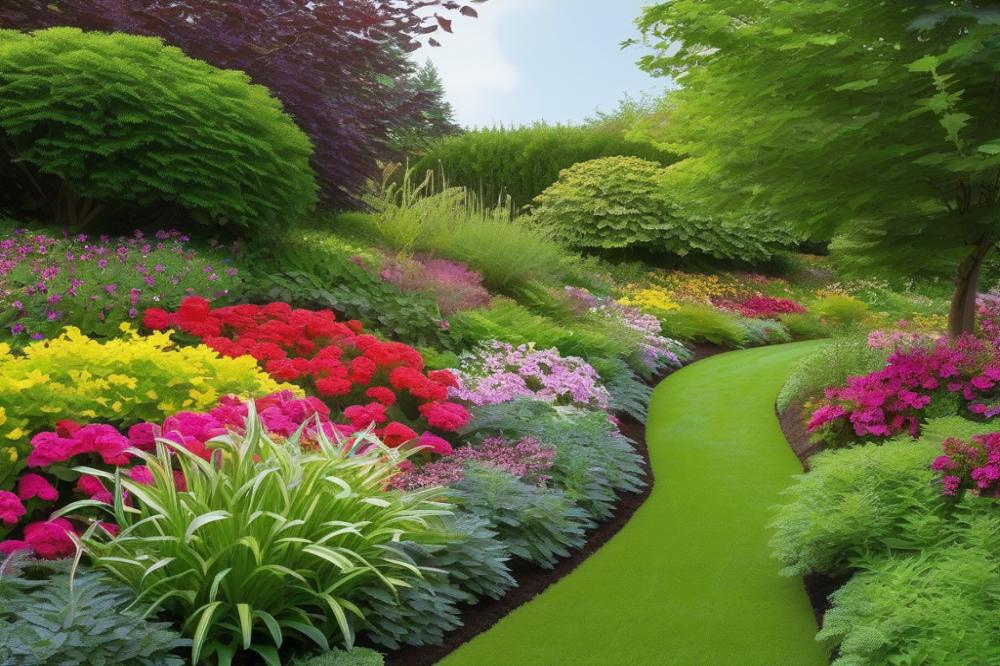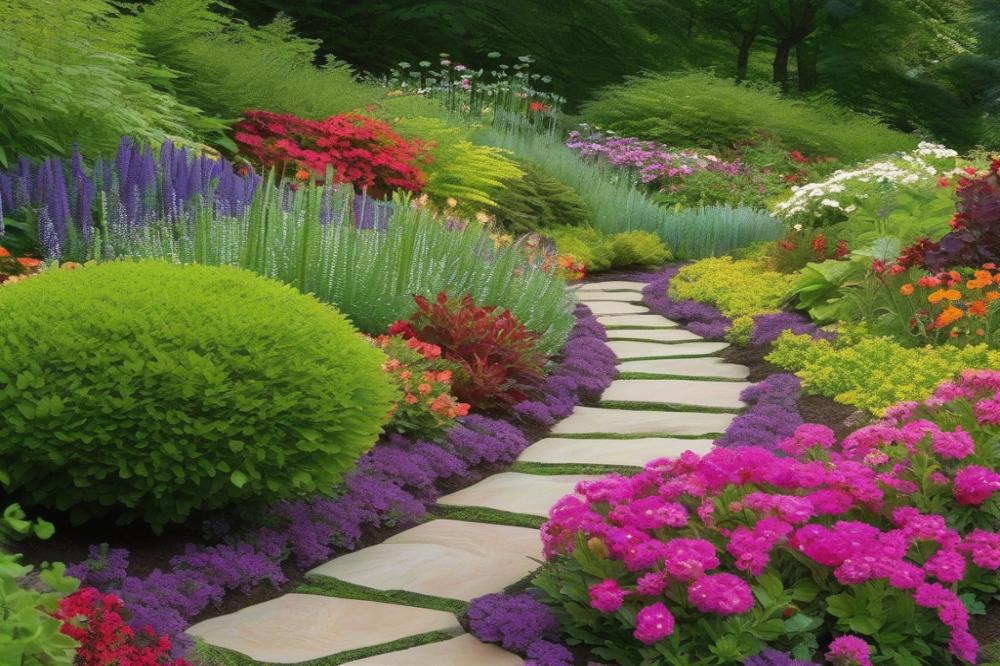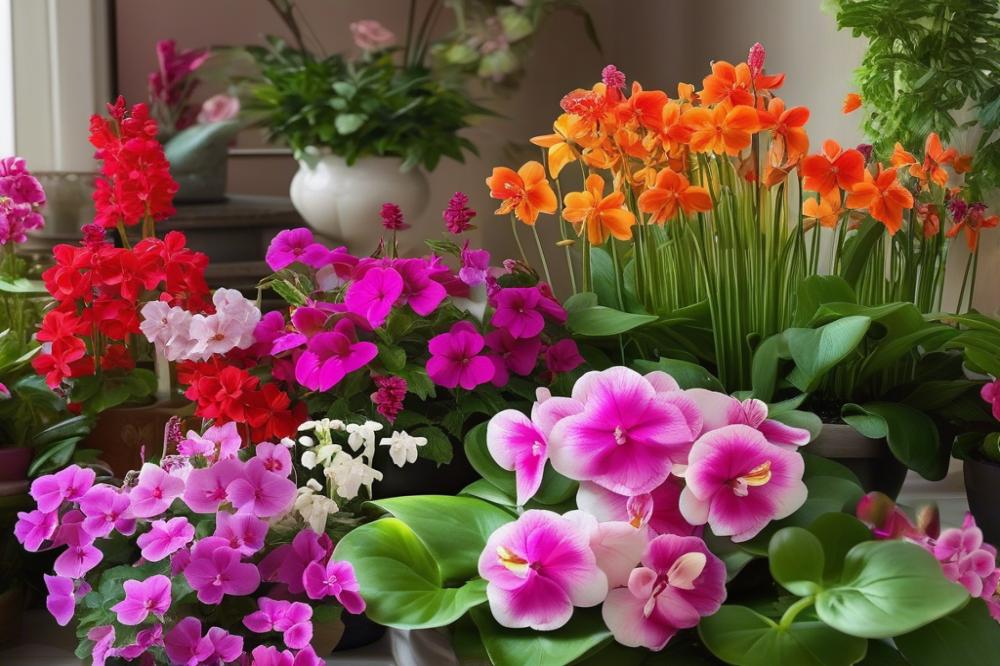The Importance of Preventing soil erosion in Gardens
soil erosion is a significant issue in many gardens. It can lead to loss of vital nutrients, reduced plant growth, and even changes in the landscape. Keeping soil intact is crucial for any thriving garden. It not only supports plant life but also preserves the environment. Understanding how to combat erosion can make a big difference in gardening success.
One effective strategy involves the use of plants that cover ground surfaces. ground covers provide more than just beauty; they play a vital role in erosion control. Dense vegetation acts like a barrier against wind and rain, reducing the impact on the soil underneath. These plants hold soil in place with their root systems. This natural method is a key aspect of sustainable gardening, promoting health for both gardens and the surrounding ecosystem.
Incorporating native species into garden design can enhance these benefits further. Native plants are often better adapted to local conditions, requiring less water and care. They support local wildlife, increasing biodiversity in the area. By selecting the right ground covers, gardeners can create vibrant landscapes while protecting their soil.
Besides erosion control, ground covers contribute to the overall health of the garden. They help retain moisture in the soil, which is vital during dry periods. Moreover, these plants can suppress weeds, reducing the need for chemical interventions. This creates a healthier environment for both plants and people. Overall, ground covers serve multiple purposes, making them essential in any erosion prevention strategy.
Understanding Ground Covers


Ground covers are low-growing plants that spread across the soil. They serve multiple purposes in gardening. Primarily, their role is to provide soil protection against erosion. When rain falls, these plants absorb and slow down water flow. This process helps maintain the integrity of the soil beneath.
Numerous types of ground covers exist. Some common ones include creeping thyme, clover, and sedum. These options thrive in different environments, making them ideal for various garden designs. Native species are particularly beneficial. They adapt well to local climates and often require less maintenance. Using native plants encourages biodiversity, supporting local wildlife.
In landscaping, selecting the right ground cover can enhance visual appeal. They can fill in empty spaces, preventing weeds from taking over. Additionally, some ground covers produce beautiful flowers or attractive foliage, adding to the overall charm of a garden. Choosing plants that fit the garden’s theme is crucial. Minimal effort is needed when using plants that complement the rest of the landscape.
Environmental benefits also play a role in the appeal of these plants. They can improve soil structure, promoting healthier growth for surrounding plants. Besides, ground covers help to retain moisture in the soil. This characteristic supports sustainable gardening practices. By reducing the need for irrigation, gardeners can minimize water usage.
Another key factor to consider is erosion control. Steep slopes and bank areas are often susceptible to washing away during heavy rainfall. Utilizing vegetation on these inclines can stabilize the soil. The roots of ground covers create a mat-like effect, which holds the soil in place. This not only prevents soil loss but also contributes to a more robust ecosystem.
Benefits of Using Ground Covers for Erosion Control


Ground covers play an important role in preventing soil erosion. Their growth patterns create a protective layer over the soil. This layer absorbs rain and reduces the impact of raindrops, which can wash away soil. Roots from these plants dig deep into the ground. As they grow, the roots hold the soil together, preventing it from moving.
Consider how these plants can enhance garden design. Many ground covers are low-growing and spread out to cover large areas. When used in landscaping, they help maintain moisture in the soil. This is particularly valuable in dry environments.
Utilizing native species adds even more benefits. These plants are adapted to local climates and soil types. They require less water and care than non-native varieties. By choosing native ground covers, gardeners promote sustainability. This practice encourages a balanced ecosystem and supports local wildlife.
Biodiversity thrives where these plants flourish. Increased vegetation not only protects the soil but also attracts various insects and birds. Pollinators benefit from the diverse plant life, leading to a healthier environment. In turn, healthier soil improves its quality over time.
Through sustainable gardening practices, soil health improves when ground covers are utilized. Fertility rises as organic matter accumulates under the cover. This kind of soil protection fosters a thriving garden ecosystem. It is essential for both beauty and function in outdoor spaces.
Ultimately, using plants for erosion control is a smart choice. Not only do they prevent soil loss, but they also enhance the overall landscape. Creating a vibrant, healthy environment is possible with the right selection of ground covers.
Choosing the Right Ground Covers


Choosing the right plants for your garden is crucial, especially for effective erosion control. Start by considering your garden’s climate. Different regions have unique weather patterns, which can affect plant growth. For instance, tropical areas might benefit from hardy plants that thrive in humidity, while arid regions require drought-resistant varieties.
Soil type plays a significant role in plant selection. Sandy soils drain well but may not retain moisture. Clay soils, in contrast, hold water but often lead to compaction. Understanding your soil helps in choosing vegetation that can thrive under those conditions. Conduct a simple soil test to identify pH levels and nutrient content for the best results.
Light conditions also matter greatly. Some plants flourish in full sun, while others prefer shade. Take note of how much sunlight your garden receives throughout the day. Native species often adapt better to local light levels and soil types, making them an excellent choice for sustainable gardening.
Maintenance needs must be considered as well. Some plants require frequent care, like pruning or regular watering. If you prefer a low-maintenance garden, look for hardy varieties that can withstand less attention. For example, certain ground covers can spread quickly and effectively suppress weeds with minimal effort.
Growth habits influence how quickly plants will cover the area and how they interact with other vegetation. Some species spread through underground rhizomes, while others seed themselves. Understanding these habits helps in designing a garden that achieves soil protection efficiently.
Environmental benefits of selecting the right plants extend beyond aesthetics. Ground covers can improve biodiversity, attract beneficial insects, and support wildlife. As you plan your garden design, remember that your choices can contribute to a healthier ecosystem.
Incorporating a mix of plants may enhance the overall effect. This diversity allows for better coverage and increases resilience against pests and disease. Aim to include various textures and colors to create a visually appealing landscape while effectively addressing erosion issues.
Planting and Establishing Ground Covers
Choosing the right location is the first step in planting ground covers. Assess your garden’s sunlight, moisture levels, and soil type before making a decision. Some plants thrive in sunny spots, while others prefer shade. Testing the soil helps determine its structure and pH, which are crucial for healthy growth.
Next, prepare the soil. Remove weeds, rocks, and any other debris from the area. Loosening the soil helps improve drainage and aeration. Consider adding organic matter, like compost, to enrich the soil with nutrients. This step aids in creating a thriving environment for your new plants.
When selecting your plants, consider native species. These varieties are well-adapted to the local climate and soil conditions. They often require less water and care compared to non-native options. Additionally, using native vegetation promotes biodiversity and benefits local wildlife.
Planting techniques matter. Dig holes that are deep and wide enough for the root systems. Place each plant in its hole and cover the roots with soil, ensuring no air pockets remain. Water the area gently but thoroughly after planting to help settle the soil and reduce potential shock.
After planting, caring for your new garden is essential. Initially, maintain a consistent watering schedule. Keep the soil moist until the plants establish strong root systems. Mulching around the plants is beneficial as it retains moisture and helps prevent weeds.
Pruning may be necessary as the plants grow. Regular trimming encourages bushier growth and controls spread, maintaining a tidy appearance. This practice also aids in preventing any invasive tendencies some species may have.
Lastly, embrace sustainable gardening practices. Using natural fertilizers and pest control methods minimizes harmful effects on the environment. Rotate your plants yearly to maintain soil health. These actions contribute to effective erosion control and support soil protection.
Garden design plays a significant role too. Plan your layout to provide diversity in height, color, and texture. This complexity not only enhances visual appeal but also improves overall ecosystem resilience. A well-thought-out space offers both aesthetic pleasure and functional benefits.
Maintaining Ground Covers for Optimal Erosion Control
Creating a lush, green area is important in gardening, particularly when preventing erosion. To maximize soil protection, regular maintenance practices are essential. Watering is one of the first tasks on the list. Newly installed vegetation needs consistent moisture. During hot seasons, this may require daily checks, especially for young plants. Consistent hydration encourages deep root systems that hold soil firmly in place.
Fertilization also plays a vital role. Native species thrive when nutrients are well-balanced within their environment. Using organic fertilizers can boost plant health and resilience. This is crucial in regions susceptible to erosion. However, applying too much fertilizer can lead to soil imbalance. Therefore, moderation and careful observation are key to promoting growth without harm.
Weeding is another critical aspect of maintenance. Unwanted plants can compete fiercely with your chosen flora. Regularly removing these intruders helps the desired plants flourish. It can be a tedious task, but the environmental benefits are well worth the effort. Keeping the soil exposed to sunlight can weaken its structure and lead to erosion. Thus, a proactive approach to weeding helps maintain your garden’s integrity.
Seasonal care is also significant in enhancing erosion control. Transitioning from one season to another can bring unique challenges. Mulching in the fall, for instance, protects against winter’s harsh conditions. It insulates the soil and helps retain moisture. Springtime may involve pruning or replacing plants that did not survive the winter. These practices contribute to a healthy garden design while also increasing sustainability.
Ultimately, a combination of these practices will help maintain ground covers effectively. Each component works together for strong vegetation that combats erosion. By dedicating time to these tasks, gardeners can create thriving landscapes. The right measures lead to healthier soil and promote effective erosion control. Adopting these strategies enriches both the garden and the environment.
Final Thoughts
Using ground covers plays a vital role in preventing soil erosion in gardens. These plants create a protective layer over the soil, which helps to keep it in place during rain and wind. Their growth forms a dense mat, reducing the impact of raindrops and helping to absorb moisture. Erosion control is crucial, especially on slopes or areas prone to water runoff.
Incorporating these plants into your landscaping plans can be both practical and aesthetically pleasing. When chosen carefully, they can add beauty while solving serious problems. Select species that suit your climate and soil type for the best results. Native plants are often beneficial as they thrive in local conditions and require less maintenance.
Additionally, ground covers can enhance biodiversity in your garden. They attract beneficial insects and provide habitats for various wildlife. The advantages are clear; they not only protect your soil but also contribute to a healthier ecosystem. Careful planning and selection are key to achieving effective results.
In summary, the importance of ground covers cannot be overstated. They provide a natural method for soil protection, contributing to sustainable gardening practices. By integrating them wisely into your garden design, you can create a beautiful space that is also resilient against erosion. Take the step today to safeguard your soil and improve your garden’s health.



